Live View is a feature in some digital DSLR cameras. It allows you to see a live view on the rear LCD display rather than using the traditional viewfinder. The major feature of a DSLR camera is the reflex mirror that allows the viewfinder to see exactly what the lens is seeing, in live view mode, the mirror is lifted up out of the way and the shutter is opened, thus allowing light to pass through to the CMOS sensor where it is displayed on the rear screen. The below diagram illustrates the light pass when using the live view mode.
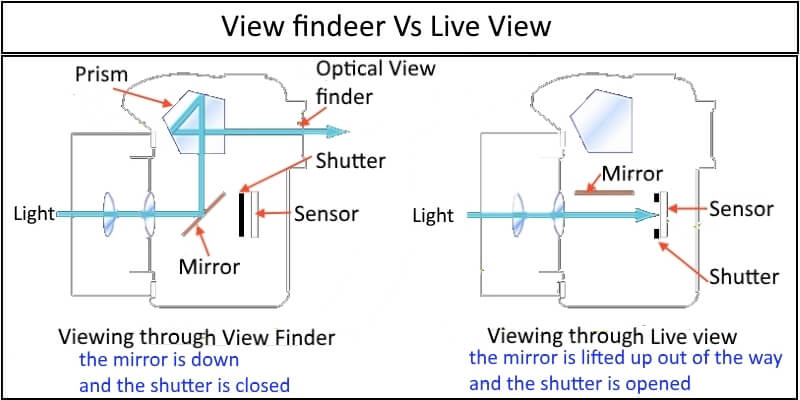
When using live view the mirror is flipped up. You cannot see through the viewfinder. The view is detected by the image sensor instead created electronically on the camera screen on the back of the camera. In the most up to date mirrorless cameras, the view is projected also electronically into the viewfinder so you can use that instead of the screen-view on the camera.
For many shooting situations, Live View is not necessarily a useful feature – the optical viewfinder gives a clear, bright view of the subject and allows you to focus accurately. However, in some situations, being able to see what the camera is seeing on a large LCD screen is beneficial.
So let us now discuss the advantages and disadvantages of using the live view feature in DSLR cameras.
What are the advantages of using Live view feature?
-
It is easier to get a sharp focus
Sometimes when you look through the optical viewfinder on your camera and use the focusing point grid there are situations in which it can present a bit of a problem.
For example, you cannot find a near focusing point to your subject; sometimes your subject is outside the boundary of your focusing points, which makes it difficult to get it very sharp even with the focus-and-recompose technique. Also, even with using the built-in focusing points it’s not always a guarantee that your subject will be completely in focus, especially if it is very far away like when shooting landscapes.
But when using live view feature you can zoom in close on a specific area to make sure it is focused and can easily judge whether it is tack sharp or just a bit fuzzy. For most DSLRs, there will be an option in one of the menus to enable a button on your camera to zoom in during Live View and even set the percentage of zoom which tells you how much it will magnify the image.
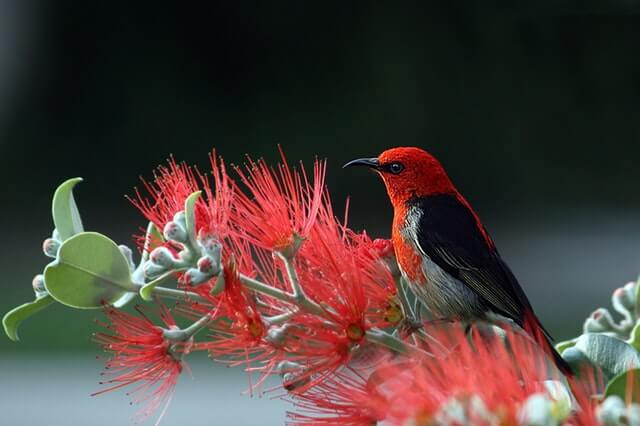
-
It lets you see how much the depth of field is?
When you look through the viewfinder on a DSLR camera you are seeing through the lens while it is opened to its widest possible aperture value.
But, when you are using Live View the aperture blades close down to the value you’ve specified or that which the camera thinks is appropriate, depending on the shooting mode you are using. So it makes it possible to see precisely what the picture will look like when you press the shutter button. You will see a more accurate and actual representation of the depth of field than looking through the viewfinder. This is very useful when shooting macro photos because it’s difficult to know just what is in focus and what is not unless you can see it yourself on your screen.
-
It is much easier to focus on touch screens
If you have a touchscreen, using Live View can be a great way to make sure your subject is on focus and exactly how you want it, by simply tapping the area you want to be in focus. As more camera manufacturers start implementing touch screens, this will allow users to tap on the screen itself to actually focus the camera. If you are shooting landscape and still photos it’s something you might really enjoy trying.

Also, if you are shooting at extreme angles, such as very low to the ground and you are lucky enough to have a flip-out screen so you can swivel it, instead of crouching down, and then tap it to lock focus.

-
You can see real-time previews of the camera effects
Some modern cameras have the ability to do various types of effects like selective coloring, miniature, and black-and-white, among many others. Think of them as though you are adding filters, but in real-time. Using Live View as you activate various scene modes is a way to experiment with different types of creative image effects, and see how they can affect your photography before you even click the shutter. In the below photo after applying the black and white effect
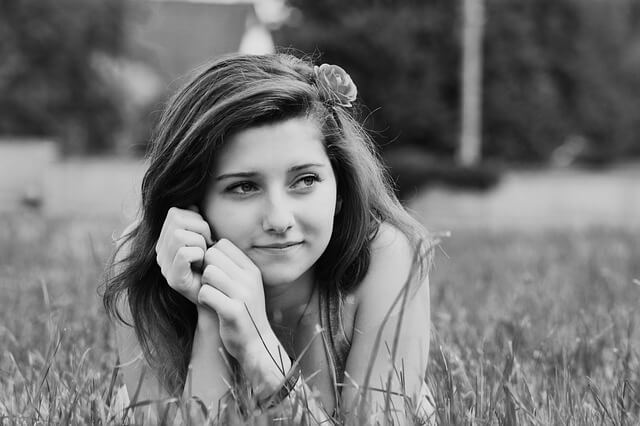
A common camera effect is “miniature,” which mimics a tilt-shift lens. You can play around with these built-in effects using Live View, which shows you a preview of what the final image will look like as you compose it.
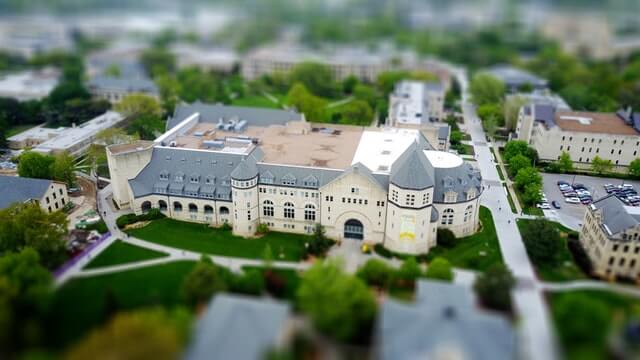
-
It facilities the photo composition
Live view offers a set of lines dividing the screen up into thirds (nine segments). This “rule of thirds” grid is helpful in composition.
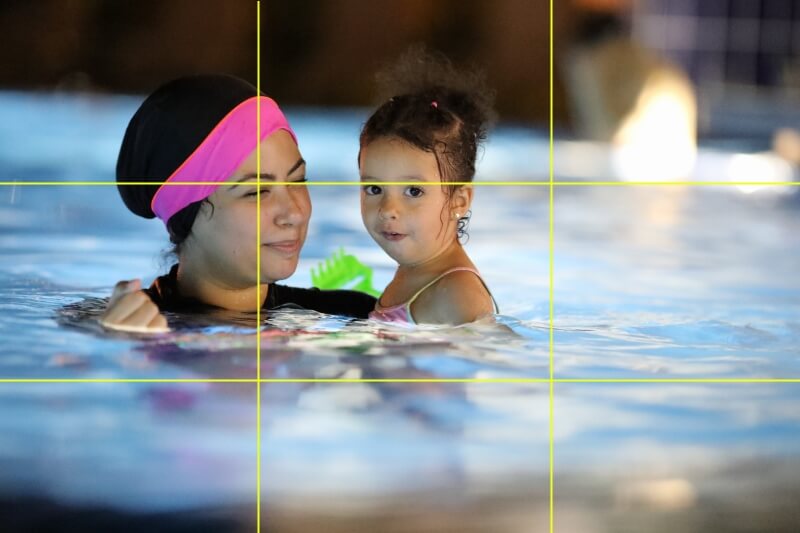
Also, it is very useful when checking converging verticals or straightens the horizon when lining the camera up.
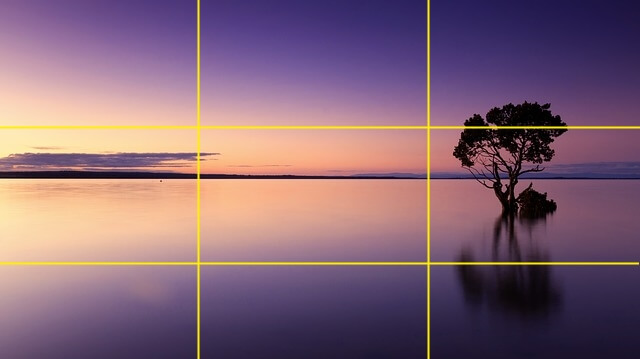
-
It is more convenient in the low light situation
Live View has a distinct advantage in low light where the image on the LCD will be brightened so it is easier to see your subject and compose, whereas the viewfinder will become dim as the light fades.
What are the disadvantages of using Live view feature?
-
It is relatively slower to focus when using the live view feature
The main issue with most live view systems is that the autofocus is slow. Let us discuss why.
From the figure at the beginning of the post, the mirror in the way of the light towards the digital sensor, and this mirror needs to be out of the way in order for the live view to work. Unfortunately, that same mirror is required for the sophisticated autofocus system to activate. So what happens when you use autofocus in live view mode?
- The mirror (previously up out of the way of the sensor) flips down
- The autofocus system engages and locks focus on the subject
- The mirror flips back up
Taking a photo will follow a similar set of steps:
- The mirror flips down
- The autofocus system engages and locks focus on the subject
- The mirror flips up
- The camera takes the picture
Besides many live view systems, you can’t use the shutter release to engage the autofocus – you have to press a separate button on the back of the camera to get it to work.
The live view is only useful when you are shooting static subjects; it is not useful when shooting subjects in motion.
-
It is difficult to see clearly through your LCD during sunny days
You also need to consider the impact on viewing the LCD if the sun is behind you in some shots. It may wash out the display. While you can block it with your hand, that means you are holding the camera with one hand and lose more stability. You also want to cover the viewfinder opening so extra light does not impact the picture. A simple solution for this issue is to use a sun shield for the LCD, one option is to use:
-
Using Live View drains the batteries much faster than using the viewfinder.
Conclusion
Live View is most useful when shooting static subjects as looking at the rear LCD panel at arm’s length and trying to take pictures is not recommended. Instead, the camera should ideally be placed on a tripod to allow the full benefits to be attained. This makes Live View perfectly suited to still life, landscape, architectural photography, and EOS Movie shooting.
Related posts
Difference between DSLR and Mirrorless Cameras
How to Focus and Recompose- Tips to Achieve Sharp Focus
10 Rules for Photo Composition
What is The Tilt-Shift Lens – Your Ultimate Guide
How to Control DOF of Your Photos – Shallow Depth of Field vs Deep Depth of Field
What Is Aperture In Photography
Thanks for reading, I hope you enjoyed the article if you have any questions just post them below & I will be happy to answer you.
If you enjoy the site, don’t forget to subscribe, we will only inform you when a new article is posted.

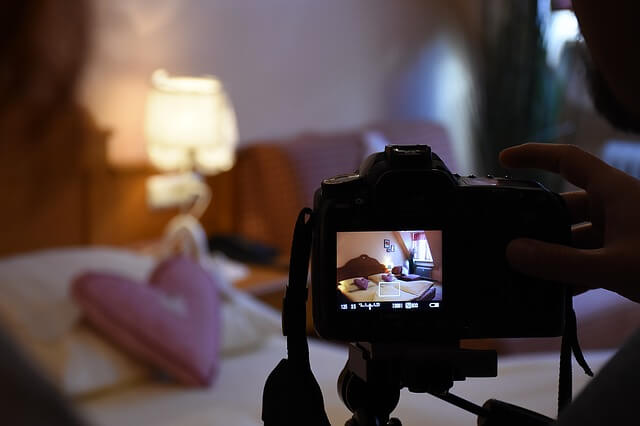



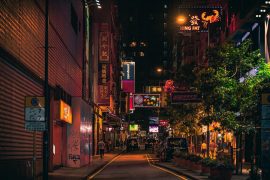
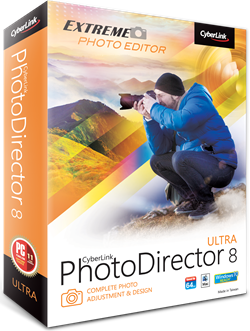
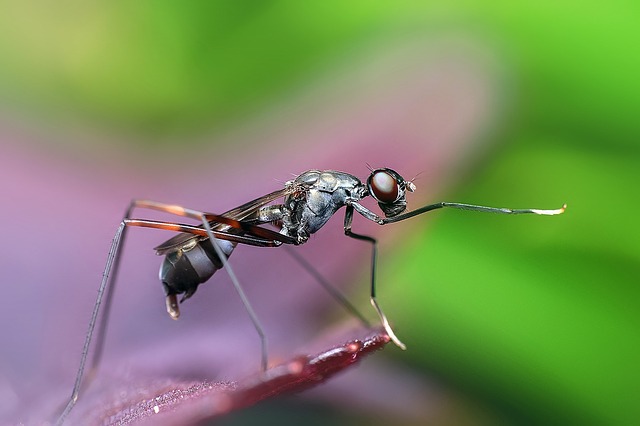
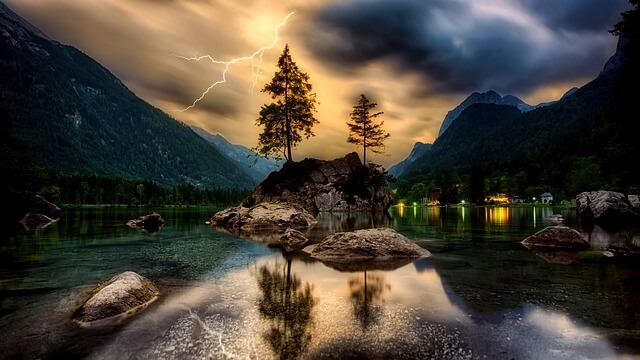

Wow, another tutorial, I am greatful to be reading from this post I have been reading some previous contents from your post, and I believe that I am really getting to learn more about photography, currently I have learnt about how to create or compose an image as I take a photo, making a focus on the screen click, I have learnt a lot about the DSLR cameras and I think they are the most appropriate to me, I really appreciate your posts, looking forward to learn more from you posts.
Thank you,
from Joy.
Glad you have learned something from my post, and thanks for your nice comment.
Thank you for this very helpful article. I have been considering a new camera (It would have been so much easier had she just bought me one for Christmas) and am considering what options are valuable to me.
LCD screens have always been difficult to view in daylight and I don’t imagine that there is a practical way to overcome that which is probably why the classic viewfinder still exists.
Reading from the beginning of the article, I was thinking…there are too many good sides to live view to not have this option, but then as I read on, I was reminded of delays in shooting with the little digital pocket cameras. My memory reminds me that we almost never go the picture we wanted because it’s impossible to predict the next half-second.
So that leads me to my question.
If I’m wanting the live view option what is the name of the delay associated with that and how much of this delay is considered to be excessive?
Thanks for your comment
When using the live view the main delay is the autofocus delay
Awesomely written Amin,
I’m still learning how to use my DSLR and I was wondering why some photographers prefer seeing through the small peek hole instead of the live viewer. I’m used to taking photos with my iPhone when there’s a live viewer so I figured that DSLR cameras might be more advanced. Apart from the slower view, does the DSLR capture a sharper image if we use the peekhole instead of the live viewer?
Hi Riaz
The autofocus mechanism is the same in both viewfinder and live view screen, so you will get the same photo sharpness in both cases. The issue is that the live view is slower than the viewfinder, so it is more oriented to shooting still photos.
Thanks for your comment and hope to see you again.
This is a very cool post! It is pretty cool to see how the camera works on the inside. Most of the cameras I use to display the images to the LCD screen. I like the grid that divided the photo up. This makes it easier for composition measurements as well as making sure the camera is in line with the horizon or even at a specific angle.
It may be slower to focus and difficult to see on sunny days but the LCD screen is still great. I like the fact that the screen will show you exactly what the image will look like before you shoot. The battery drain may be a problem but that is usually easily remedied by having backup batteries.
I like using the live view feature and I think knowing the benefits and drawbacks makes me like it even more.
Thanks for sharing this with us!
Thanks for your nice comment
Thanks, another great tutorial on a specific topic I haven’t used so far.
Live view is something I haven’t tried before, I’ll do that on my next city trip here in Thailand. I love taking pictures of ancient sites. form close and far, your method of using live view will open a new experience for me.
Images form markets with people moving or waterways with ships is not the right use of this, do I understand that right?
Hi Stefan
Thanks for your comment, you are right, the focusing through the live view is a little bit slower than using the optical viewfinder so it is not recommended for moving objects, you will get sharper focus when shooting still subjects.